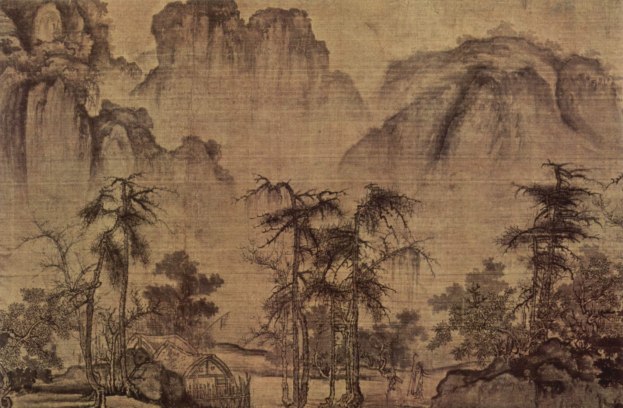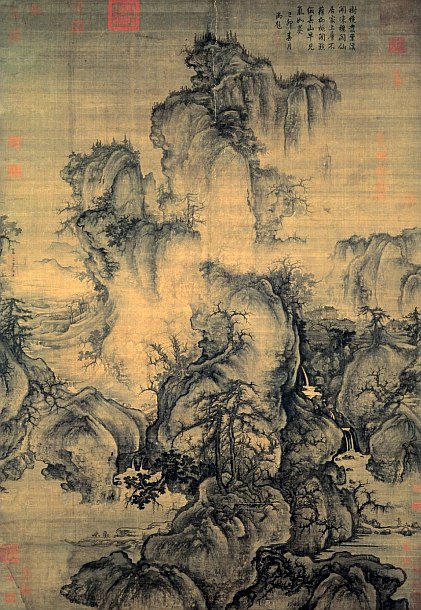Clearing Autumn Skies over Mountains and Valleys

Painted around 1072, this ink on silk painting is by the famous Chinese artist Guo Xi (~1020-1090). This painting is very characteristic of the artist with smudgy lines along the edges of mountains and claw-like branches on pine trees. A…
Read more
